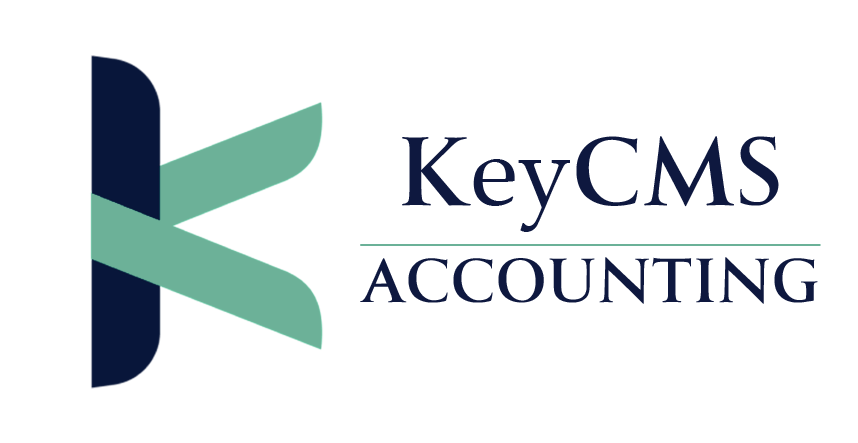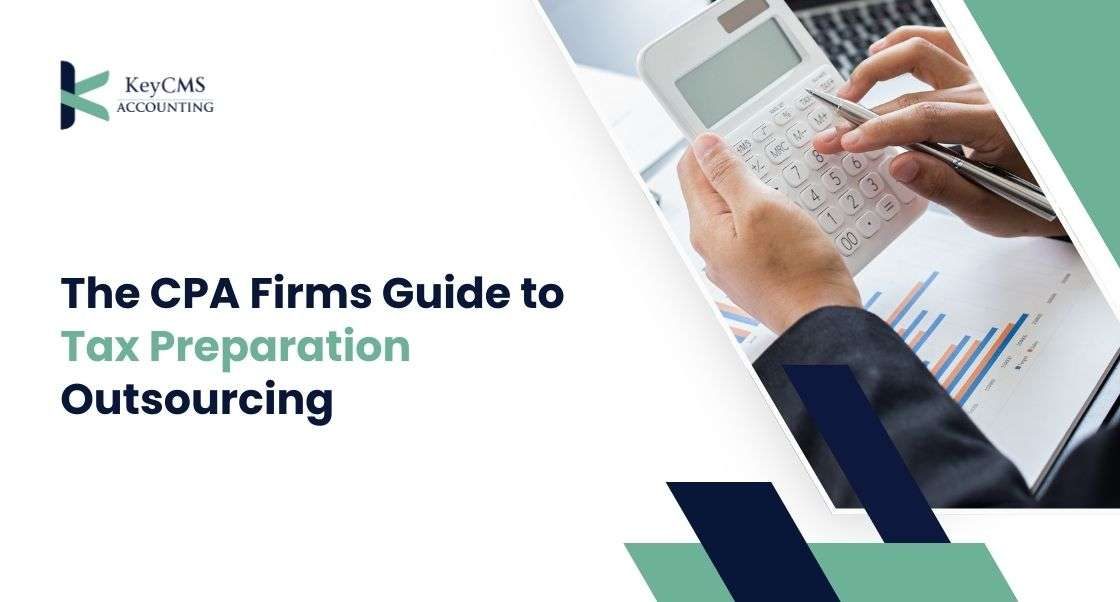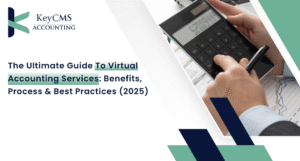For a modern CPA firm, tax season is a chaotic and stressful period. It’s a time of highest revenue but also of extreme pressure, excessive work hours, and the possibility of employee burnout. More and more firm are turning to tax preparation outsourcing as an effective solution. This guide examines the benefits, drawbacks, and best practices for successfully incorporating outsourcing into your firm strategy.
Why Outsource Tax Preparation? The Key Benefits
Tax preparation outsourcing is a strategic step that can radically transform the way your company works. The benefits extend far beyond dumping work; they have a snowball effect on efficiency, profitability, and customer satisfaction.
Scalability and Flexibility:
Tax season is a rollercoaster ride of workloads. Outsourcing enables you to ramp up your capacity immediately in peak seasons (March/April and September/October) without the considerable cost of hiring, training, and retaining temporary staff.
Cost Savings:
You can cut operational expenses by paying for services on a fixed-price or per-return basis. You save employee wages, benefits, office space, and ongoing training needed to maintain pace with changing tax laws.
Focus on High-Value Services:
With the automation of the time-consuming, mundane work of data entry and initial return preparation, your on-staff CPAs and tax professionals will be free to concentrate on more valuable, revenue-generating activities. These include sophisticated tax planning, advisory services, client relationship management, and business development.
Improved Quality and Accuracy:
Genuine outsourcing companies specialize in tax preparation. They have experienced staff of professionals familiar with the US tax code and regulations. Their well-developed quality control mechanisms, such as multi-level checks, can assist in reducing errors and minimizing penalty chances.
Access to Advanced Technology:
Most outsourcing firm spend considerable sums in advanced technologies, such as automation of workflows, secure online client portal, and artificial intelligence-based data extraction. This enables your law firm to enjoy the usage of these technologies without a large initial investment.
Navigating the Risks: What to Look Out For
Although the rewards are persuasive, it’s important to have an awareness of the risks and understand how to circumvent them.
Data Security and Privacy:
This is the greatest concern. You are giving a third party access to extremely sensitive client information.
Mitigation: Partner with companies that are able to show strong data security measures in place. Seek out certifications such as SOC 2 Type II and ISO 27001, and check that they employ secure file transfer methods, data encryption, and rigorous access control.
Quality of Work:
Poor quality or incorrect work can be a blow to your company’s reputation and subject you to liability.
Mitigation: Screen potential partners carefully. Get references and case studies. Ask them about their internal quality control procedures, training of employees, and how they deal with mistakes. Keep in mind, even if it’s outsourced, your company is ultimately accountable for the final payoff.
Communication Barriers:
Communication breakdowns because of poor communication will result in delays and mistakes.
Mitigation: Select a partner with a well-defined communication strategy, such as a designated point of contact. There should be enough overlap in time zones for real-time coordination.
How to Choose the Right Outsourcing Partner
Choosing a partner is the most important decision. For a thorough due diligence, consider the following:
- Expertise and Experience: Make sure the firm possesses a tried-and-tested history and strong familiarity with US tax laws, including federal, state, and industry regulations.
- Data Security: Favor providers that have auditable security certifications (e.g., SOC 2, ISO 27001).
- Technology Integration: The ideal partners will integrate with the tax software your practice already employs, like Lacerte, Ultras ax CS, or CCH Axcess. This streamlines the workflow.
- Flexible Engagement Models: Seek out a provider that accommodates flexible pricing models (e.g., per-return, hourly, or committed full-time equivalent) that can be flexed to your firm’s specific requirements.
- Transparent Communication: An open and well-defined communication strategy with frequent progress reports and a specific account manager is crucial.
The Ultimate Guide to a Seamless Onboarding Process
Once you’ve selected a partner, a smooth onboarding process is key to success.
- Start Early: Don’t wait until January. Begin the vetting and onboarding process in the off-season (October/November) to give your team and your new partner time to establish a working rhythm.
- Define Clear Objectives: Clearly communicate what you want to achieve with outsourcing—is it to reduce costs, improve turnaround times, or free up staff for advisory work?
- Educate Your Staff: Address any staff concerns head-on. Explain that outsourcing is not a replacement but a tool to reduce stress, eliminate tedious tasks, and allow them to focus on more rewarding work.
- Obtain Client Consent: Per IRS rules, you must obtain a client’s consent before disclosing their tax information to a third-party service provider. This can often be included as a clause in your engagement letter.
By following this ultimate guide, your firm can transform its tax season from a period of high stress to one of strategic growth and efficiency. Outsourcing is no longer a last resort; it’s a powerful tool for modern CPA firm looking to optimize their operations and stay ahead in a competitive market.




